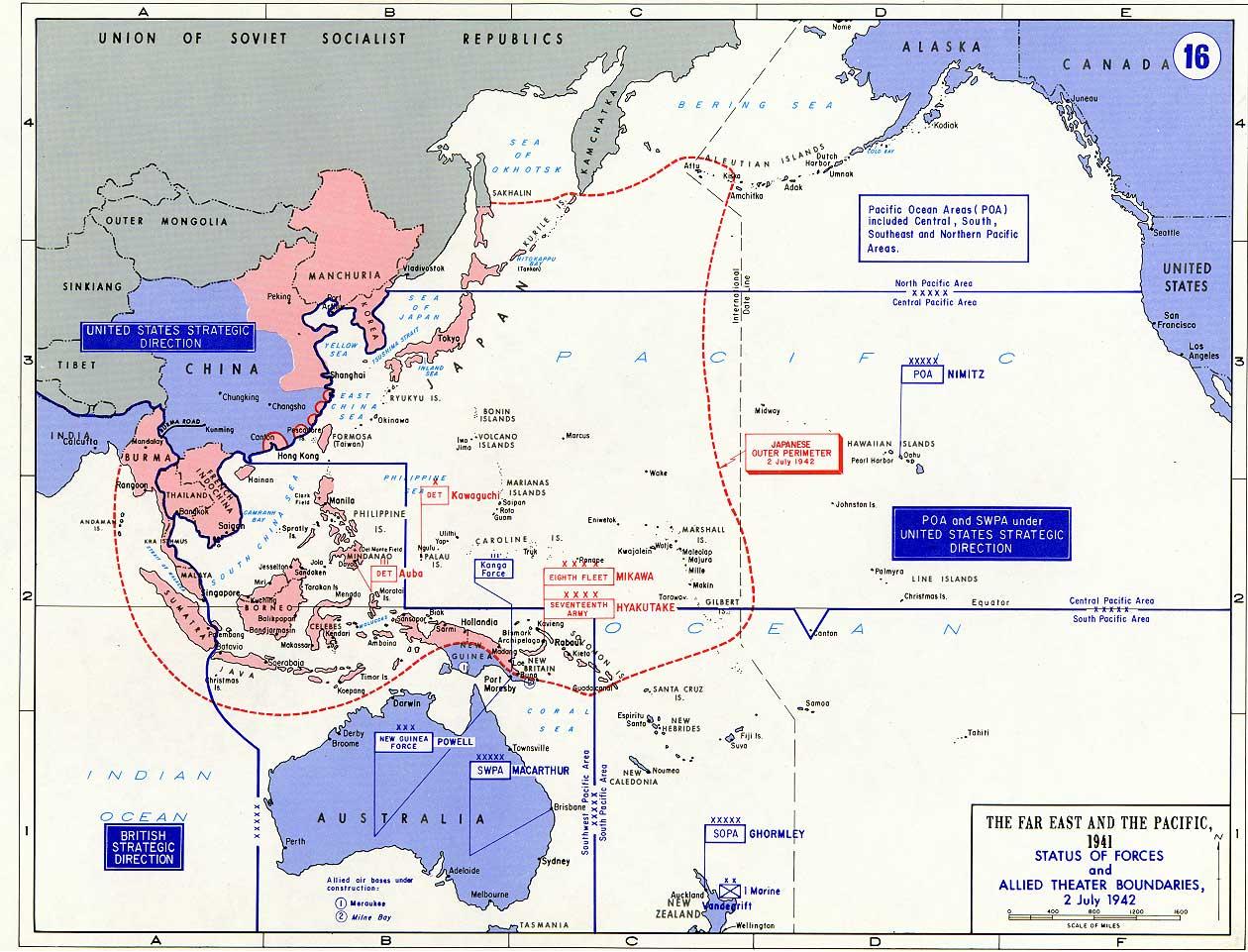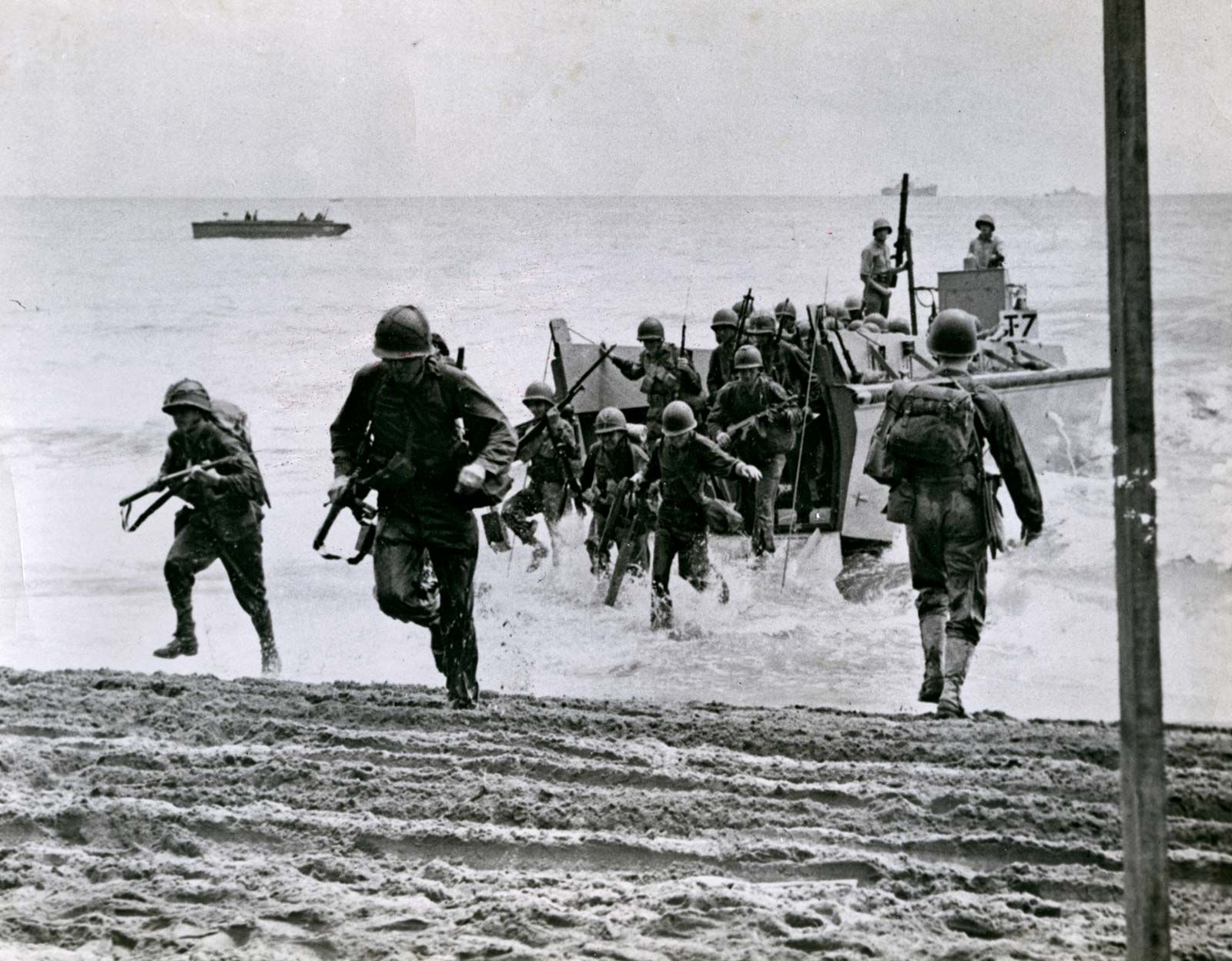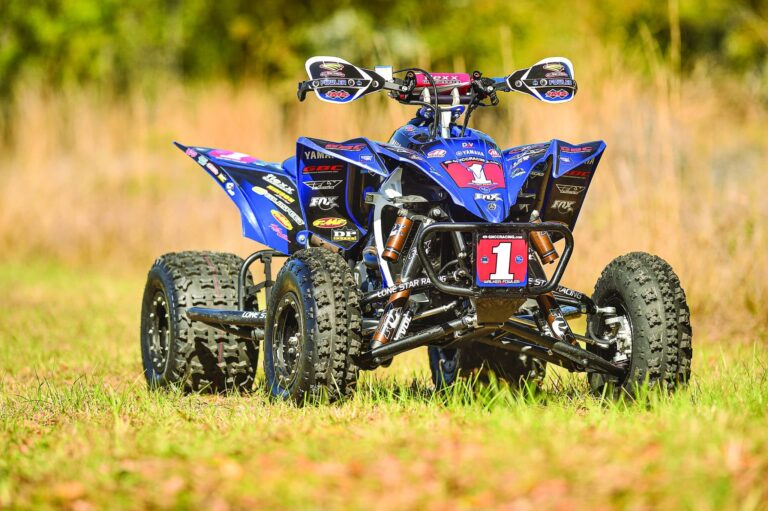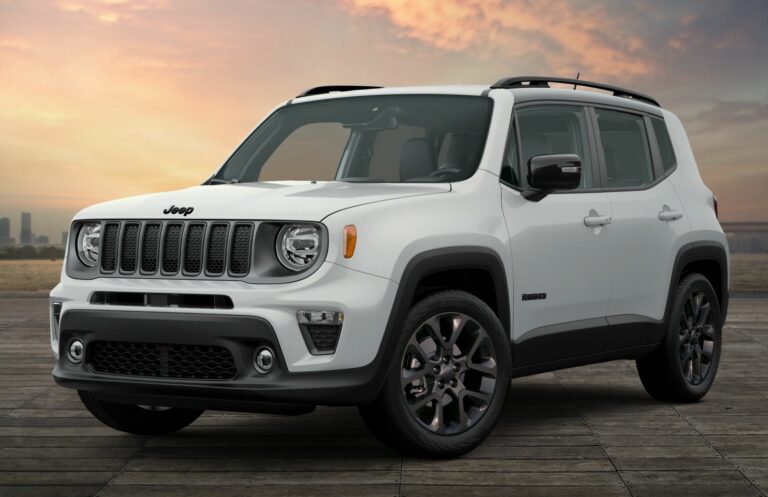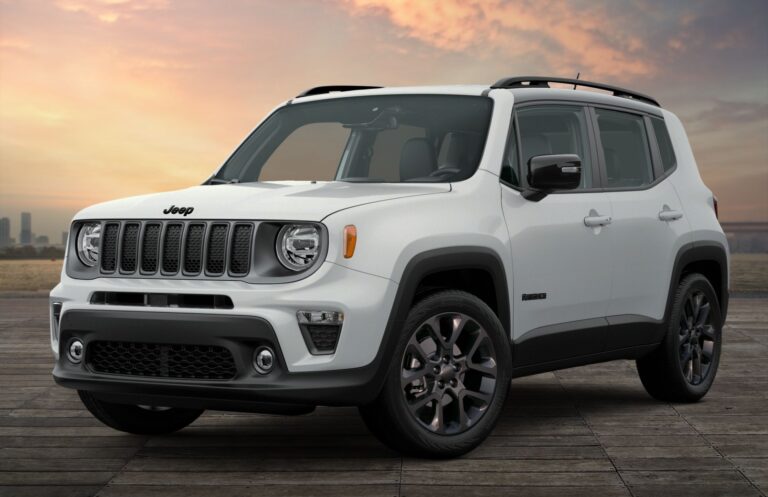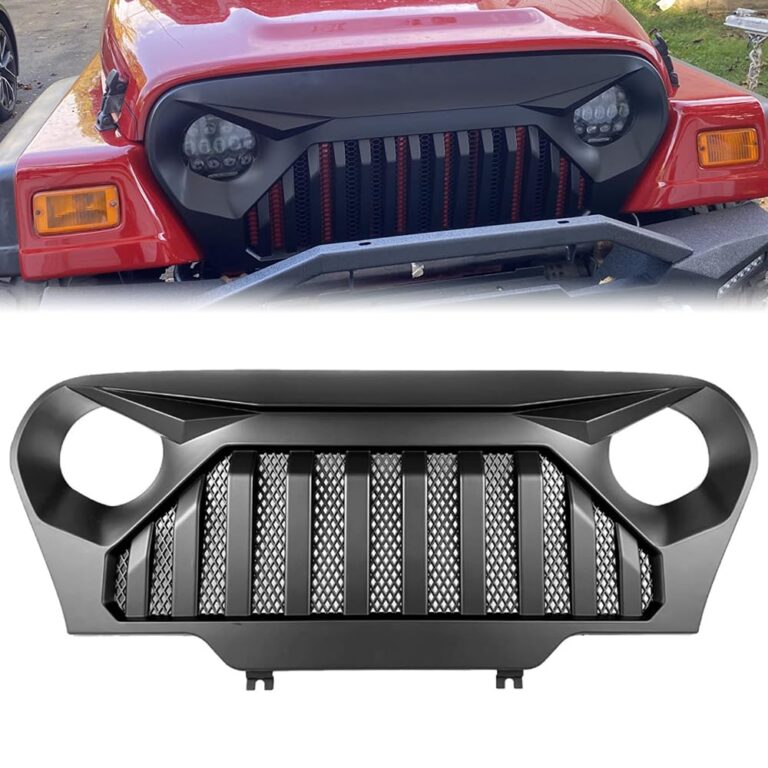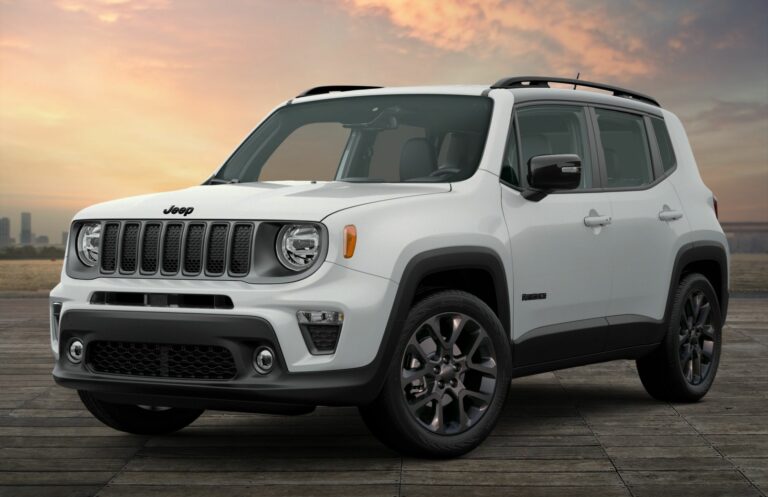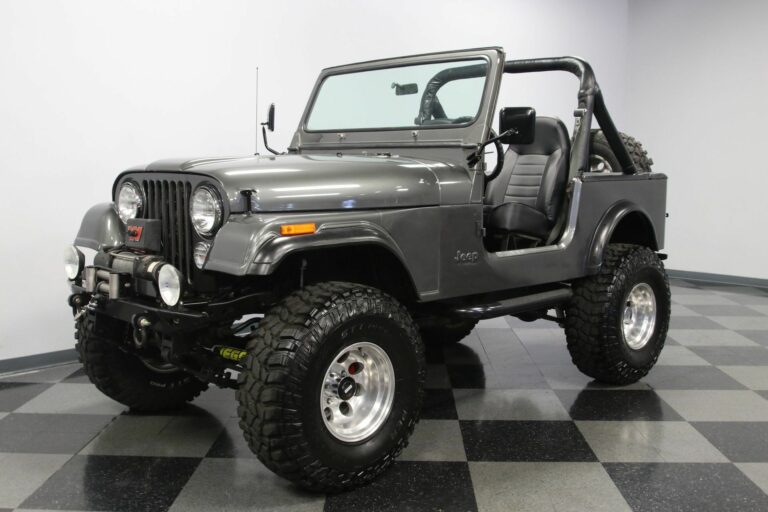1942 Army Jeep For Sale: Owning a Piece of World War II History
1942 Army Jeep For Sale: Owning a Piece of World War II History jeeps.truckstrend.com
The rumble of its engine, the utilitarian lines, the sheer ruggedness – few vehicles evoke the spirit of a pivotal era quite like the 1942 Army Jeep. More than just a mode of transport, the Willys MB and its Ford counterpart, the GPW, became synonymous with the American war effort in World War II. For enthusiasts, collectors, and history buffs, the prospect of a "1942 Army Jeep for sale" isn’t merely a transaction; it’s an opportunity to acquire a tangible link to a defining moment in human history, a machine that helped shape the world we live in today. This comprehensive guide will delve into everything you need to know about pursuing, evaluating, and ultimately owning one of these iconic wartime workhorses.
The Enduring Legacy: Why the 1942 Army Jeep Matters
1942 Army Jeep For Sale: Owning a Piece of World War II History
Born out of an urgent military requirement for a lightweight, rugged, four-wheel-drive reconnaissance vehicle, the original "jeep" (a term whose origin is still debated, though often attributed to "GP" for General Purpose or the character "Eugene the Jeep" from Popeye cartoons) quickly became the backbone of Allied forces. By 1942, production was in full swing, with Willys-Overland and Ford Motor Company churning out thousands of these vehicles. These early production models, especially from 1942, carry particular historical weight, having seen action across every theater of war, from the deserts of North Africa to the frozen battlefields of the Ardennes.
Its importance lies not just in its ubiquity but in its incredible versatility. The jeep served as a reconnaissance vehicle, a troop carrier, an ambulance, a radio car, and even a makeshift weapons platform. General Dwight D. Eisenhower himself famously called it one of the three decisive weapons that won World War II. Owning a 1942 Army Jeep today means preserving a piece of this remarkable engineering and military history, celebrating the ingenuity and sacrifice of an era.
What to Look For When a 1942 Army Jeep is For Sale: A Buyer’s Guide
Acquiring a vintage military vehicle requires careful consideration. When you encounter a 1942 Army Jeep for sale, a thorough inspection is paramount to ensure you’re making a sound investment and acquiring a truly authentic piece of history.
1. Authenticity and Originality:
- Willys MB vs. Ford GPW: While largely identical, subtle differences exist (e.g., Ford script on bolts, specific stampings). Verify which manufacturer built the vehicle.
- Matching Numbers: Ideally, the frame, engine, and body serial numbers should align with the original factory records. This significantly impacts value.
- Original Components: Check for period-correct engine (Willys "Go-Devil" 4-cylinder), transmission (Warner T-84), transfer case (Spicer 18), and axles (Spicer 25/27). Look for original gauges, lights, and military accessories like the shovel and axe mounts, blackout lights, and pintle hitch. Many jeeps have been "civilianized" or modified over the years.

2. Condition Assessment:
- Rust: The biggest enemy. Inspect the frame rails, body tub (especially the floorboards, toolboxes, and fenders), and hat channels for severe rust or poor patch repairs. Surface rust is common and manageable; structural rust is a major concern.
- Engine Health: Check for oil leaks, unusual noises, and signs of overheating. A compression test can reveal internal wear. Ask about recent maintenance or rebuilds.
- Drivetrain: Test the transmission (all gears, including reverse), transfer case (4×4 engagement), and axles. Listen for grinding, clunking, or excessive play.
- Brakes and Steering: Ensure brakes are functional and not pulling to one side. Check for excessive play in the steering linkage.
- Electrical System: Original 6-volt systems can be finicky. Ensure lights, gauges, and ignition are working. Some have been converted to 12-volt, which improves reliability but detracts from originality.
- Tires: Period-correct non-directional tires are a plus, but ensure they are roadworthy.

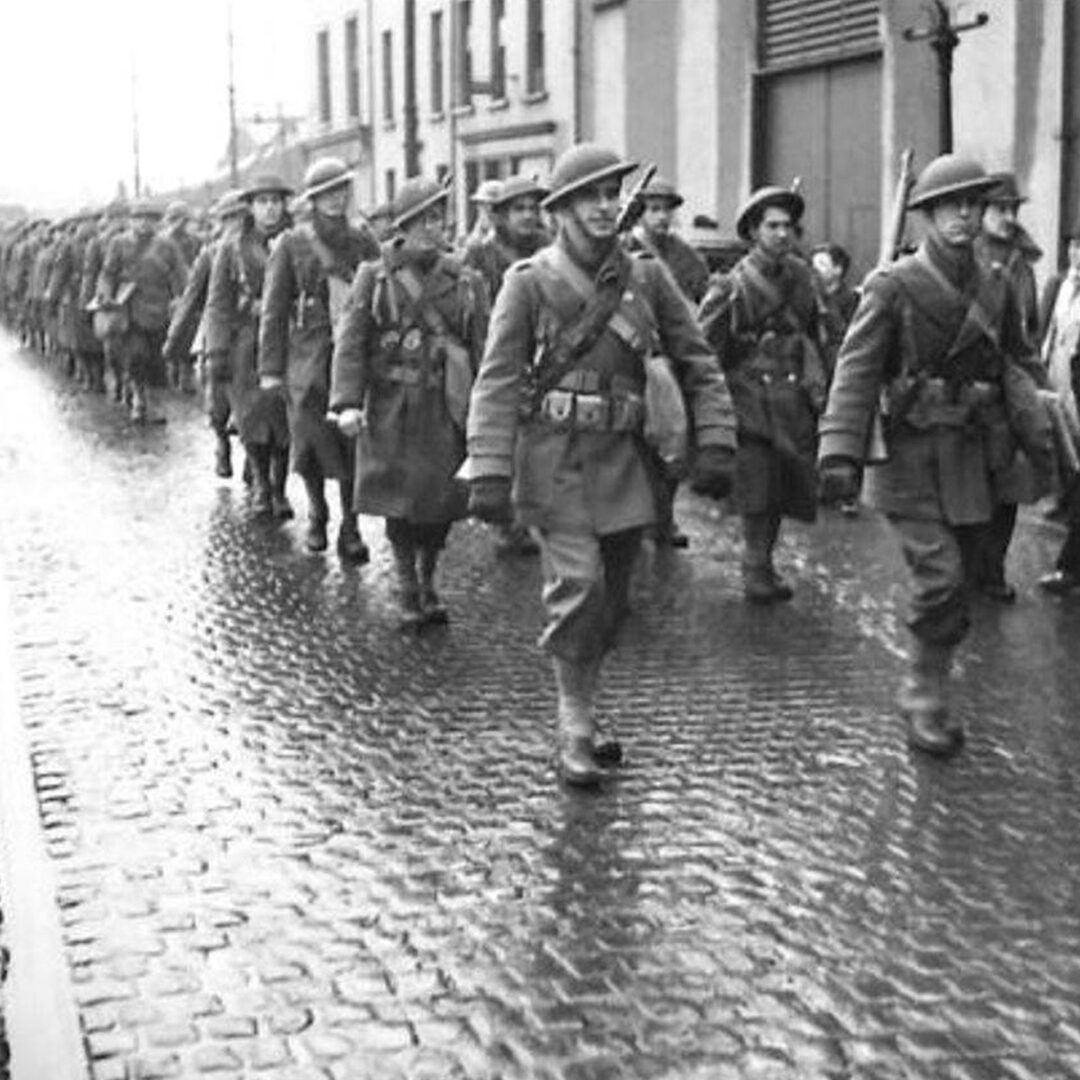
3. Restoration Level:
- "Survivor" / Unrestored Original: These are rare and highly prized if complete and in reasonable condition. They tell their own story.
- Running Project: Functional but needs significant work. Offers a lower entry price but demands time, skill, and money.
- Driver Quality Restoration: Looks good and runs well, suitable for parades and local events. May have some non-original parts or minor cosmetic flaws.
- Full Frame-Off Restoration: Meticulously restored to original military specifications. These command the highest prices due to the immense labor and cost involved.
- "Resto-Mod": Modified with modern engines, brakes, or steering for improved driveability. Less valuable to purists but more practical for regular use.
4. Documentation:
- Title and Registration: Ensure clear title and legal ability to register the vehicle in your state/country. Military vehicles often have unique titling processes.
- History: Any available records of military service, previous civilian ownership, or restoration receipts add immense value and credibility.
The Ownership Experience: Challenges and Rewards
Owning a 1942 Army Jeep is a unique blend of passion, history, and practicalities.
Challenges:
- Maintenance: These are 80-year-old machines. They require regular maintenance, attention to detail, and a willingness to get your hands dirty. Parts are generally available but may need to be sourced from specialized suppliers.
- Driving Dynamics: No power steering, no power brakes, no air conditioning, and limited creature comforts. They are slow, noisy, and have a rudimentary suspension. Long highway trips are not their forte.
- Safety: Lacking modern safety features like airbags or crumple zones. Seatbelts are often aftermarket additions. Drive defensively and be aware of your surroundings.
- Fuel Economy: Expect low single-digit to teens MPG.
- Storage: Needs a dry, secure place to prevent rust and deterioration.
Rewards:
- Historical Connection: The unparalleled satisfaction of owning and operating a genuine piece of history.
- Community: A vibrant global community of military vehicle enthusiasts, offering camaraderie, advice, and events.
- Investment: Well-maintained, authentic jeeps have steadily appreciated in value, often outpacing other classic cars.
- Unique Experience: Every drive is an adventure. It’s a head-turner, sparking conversations and evoking nostalgia wherever it goes.
- Mechanical Simplicity: While demanding, their simple mechanical design makes them relatively easy to work on for the mechanically inclined.
Navigating the Market: Finding Your 1942 Army Jeep
Finding the right 1942 Army Jeep for sale requires patience and knowing where to look.
- Specialized Dealers: There are reputable dealers who specialize in vintage military vehicles. They often offer restored examples with guarantees.
- Online Marketplaces: Websites like eBay, Hemmings, and dedicated classic car classifieds (e.g., bringatrailer.com, militaryvehicles.com) are good starting points.
- Auctions: Major auction houses (Mecum, Barrett-Jackson) occasionally feature high-quality examples. Local estate or farm auctions can sometimes yield unexpected finds.
- Military Vehicle Clubs and Forums: These are invaluable resources. Members often sell vehicles within the community, and you can get excellent advice and leads.
- Word of Mouth: Network within the classic car and military vehicle communities.
Always arrange a pre-purchase inspection by an independent expert if you are not experienced in evaluating vintage vehicles. For large transactions, consider using an escrow service for secure payment. Factor in shipping costs if the vehicle is not local.
Price Guide: 1942 Army Jeep For Sale
The price of a 1942 Army Jeep varies significantly based on its condition, originality, and the level of restoration. The table below provides a general range, but individual vehicles can fall outside these estimates based on unique factors.
| Category | Condition Description | Estimated Price Range (USD) | Key Factors Influencing Price |
|---|---|---|---|
| Project/Survivor | Incomplete, non-running, or heavily corroded. Requires extensive restoration. May be a "barn find" with original components but significant wear. | $10,000 – $25,000 | Rust severity, completeness of original parts, existence of a title, condition of frame/major components. |
| Running Project | Functional but needs considerable mechanical and cosmetic work. May have non-original parts or significant rust issues that need addressing. Good starting point for a dedicated restorer. | $25,000 – $40,000 | Engine/drivetrain health, extent of body rust, completeness of major systems, originality of key components (engine, transmission). |
| Driver Quality | Restored to a good, presentable standard, runs reliably. Suitable for shows, parades, and local driving. May not be 100% historically accurate or have minor cosmetic flaws. | $40,000 – $65,000 | Quality of restoration (paint, mechanicals), overall cosmetic appeal, reliability, some original components retained. |
| Fully Restored | Meticulously restored, often frame-off, to a high degree of historical accuracy. Excellent mechanical condition and pristine appearance. May have some non-critical reproduction parts if original are unavailable. | $65,000 – $90,000 | Level of detail in restoration, quality of paint and finishes, engine/drivetrain rebuilds, accuracy of markings and accessories, clear documentation of restoration process. |
| Museum/Concourse | Flawless, historically perfect restoration down to the smallest detail, often with original or NOS (New Old Stock) parts. Often matching numbers, extensive documentation, and verifiable history. | $90,000 – $150,000+ | Uncompromising historical accuracy, verified provenance, matching numbers, period-correct tires/accessories, concours-level finish, rarity of specific features (e.g., early production nuances). Some exceptional examples can exceed $150,000. |
Note: These are estimates based on the current market and can fluctuate. Location, seller motivation, and specific historical significance can also impact the final price.
Frequently Asked Questions (FAQ) about the 1942 Army Jeep
Q1: What’s the difference between a Willys MB and a Ford GPW?
A1: While visually almost identical due to standardized military specifications, subtle differences exist. Willys MBs typically have a "Willys" script stamped on the rear panel (though often filled in), a rectangular oil filter, and different frame gussets. Ford GPWs often have "F" script stampings on many small parts (bolts, brackets), a round oil filter, and specific Ford serial number plates.
Q2: Are parts still available for a 1942 Army Jeep?
A2: Yes, surprisingly so! Due to the vast numbers produced and the enduring popularity, a strong aftermarket exists for both reproduction and NOS (New Old Stock) parts. Many specialized vendors cater exclusively to vintage military vehicle enthusiasts.
Q3: Can I drive a 1942 Army Jeep on modern roads?
A3: Absolutely, but with caution. They are road legal in most places if properly registered and insured. However, they lack modern safety features, power steering/brakes, and are slow. They are best suited for parades, local events, and short, leisurely drives.
Q4: How much does it cost to restore a 1942 Army Jeep?
A4: Restoration costs vary wildly depending on the starting condition and desired level of finish. A full, professional, frame-off restoration can easily cost $30,000 to $70,000 or more, in addition to the vehicle’s purchase price. Doing much of the work yourself can significantly reduce labor costs.
Q5: Is a 1942 Army Jeep a good investment?
A5: For well-maintained, authentic, and properly restored examples, yes, they have shown consistent appreciation in value over time. However, like any classic vehicle, it’s a passion investment, and the enjoyment of ownership should be a primary motivator, not just financial return.
Q6: What common problems should I look out for?
A6: Rust (especially in the body tub and frame), worn drivetrain components (universal joints, differentials), electrical issues (especially with 6-volt systems), and engine leaks are common. Verify that the cooling system is adequate to prevent overheating.
Conclusion
The phrase "1942 Army Jeep for sale" represents more than just a listing; it’s an invitation to connect with history. These rugged, unassuming vehicles played an outsized role in one of humanity’s greatest conflicts, and today, they stand as enduring symbols of American ingenuity and perseverance. Owning one is a commitment – a commitment to maintenance, to historical preservation, and to embracing a unique driving experience. But for those willing to undertake the journey, the rewards are immeasurable: the pride of ownership, the camaraderie of a dedicated community, and the profound satisfaction of keeping a true piece of living history rolling forward. It’s not just a vehicle; it’s a legacy.
